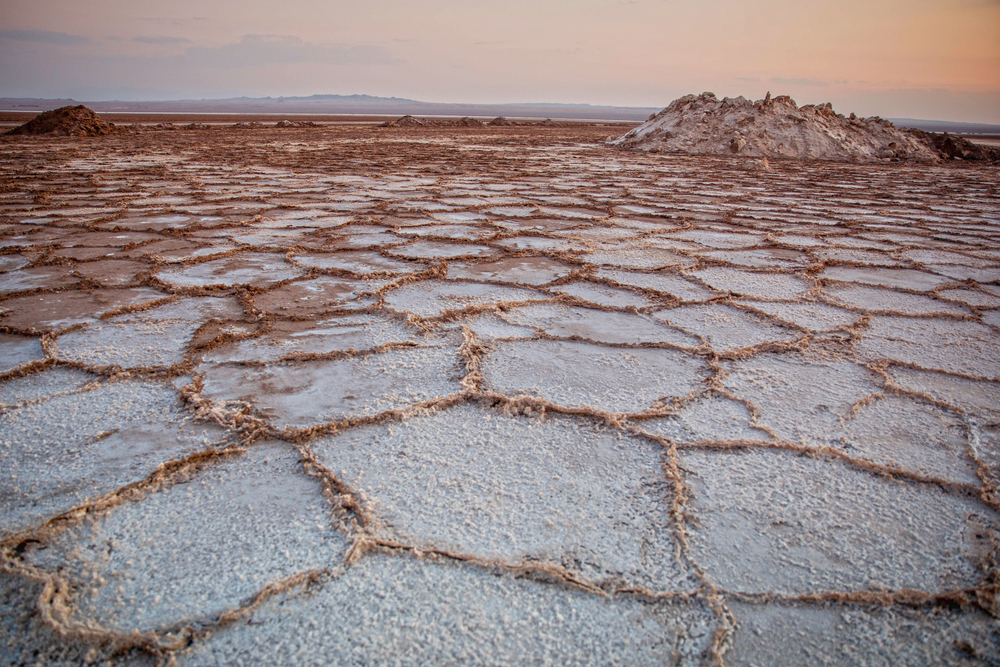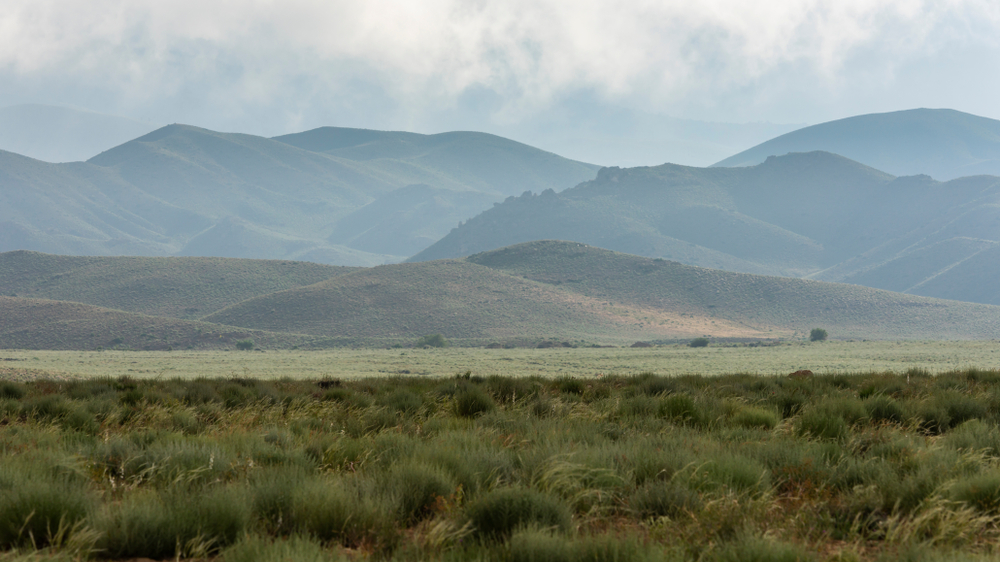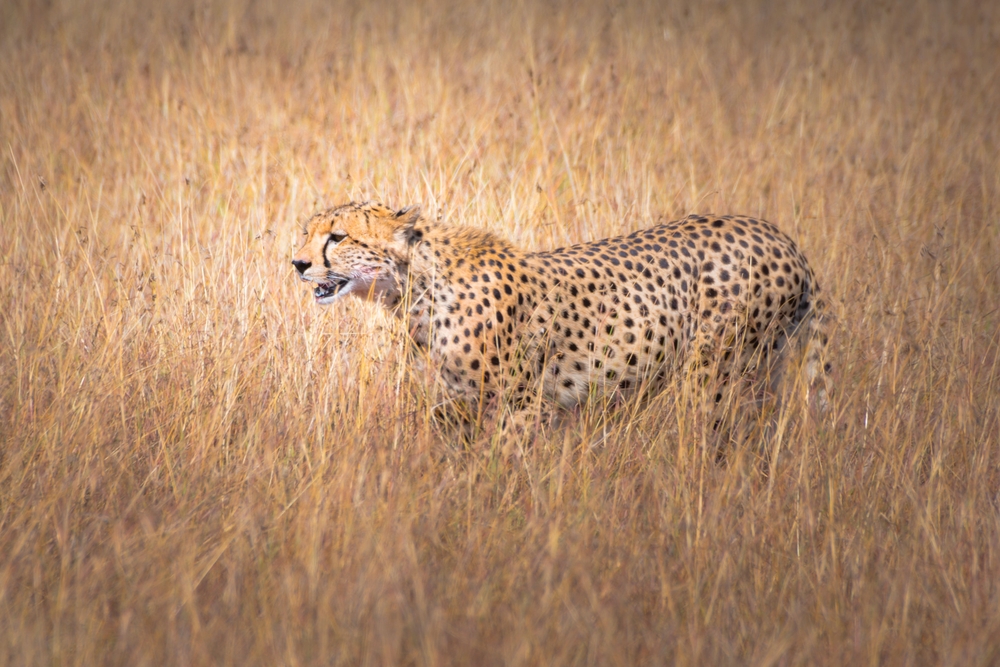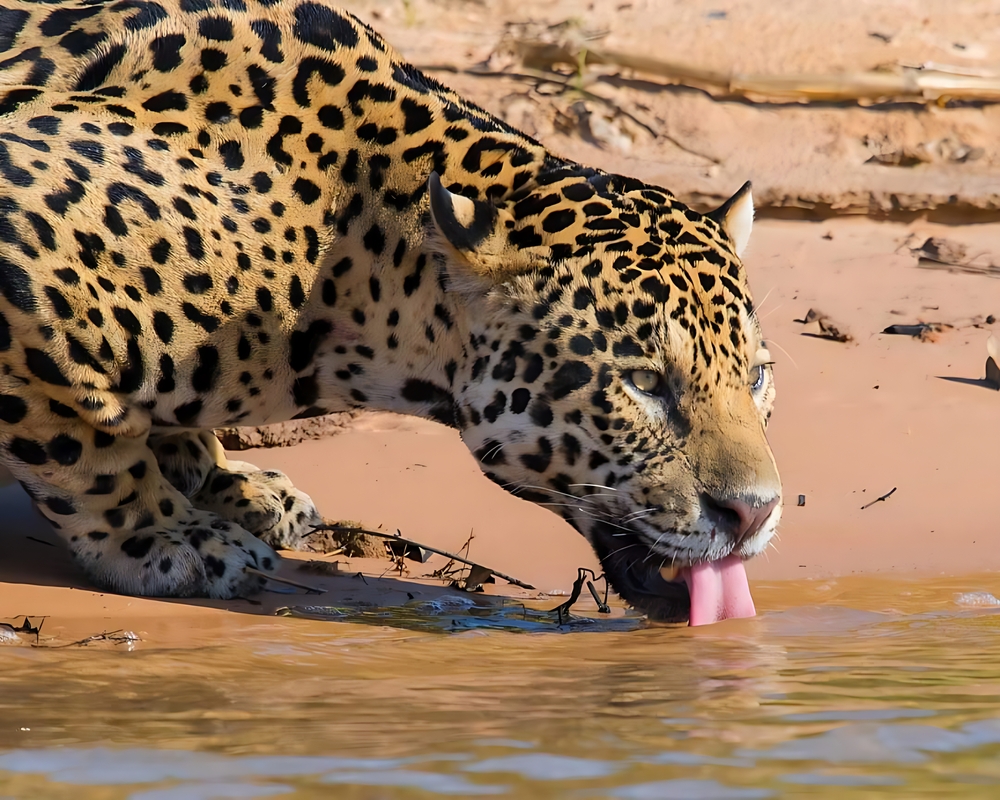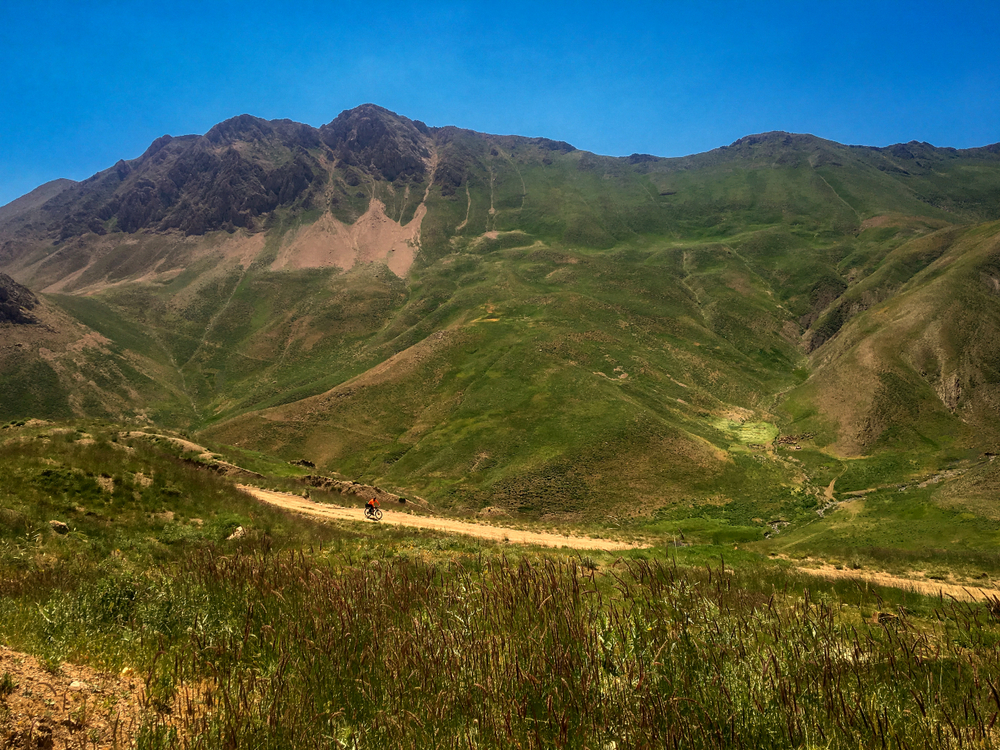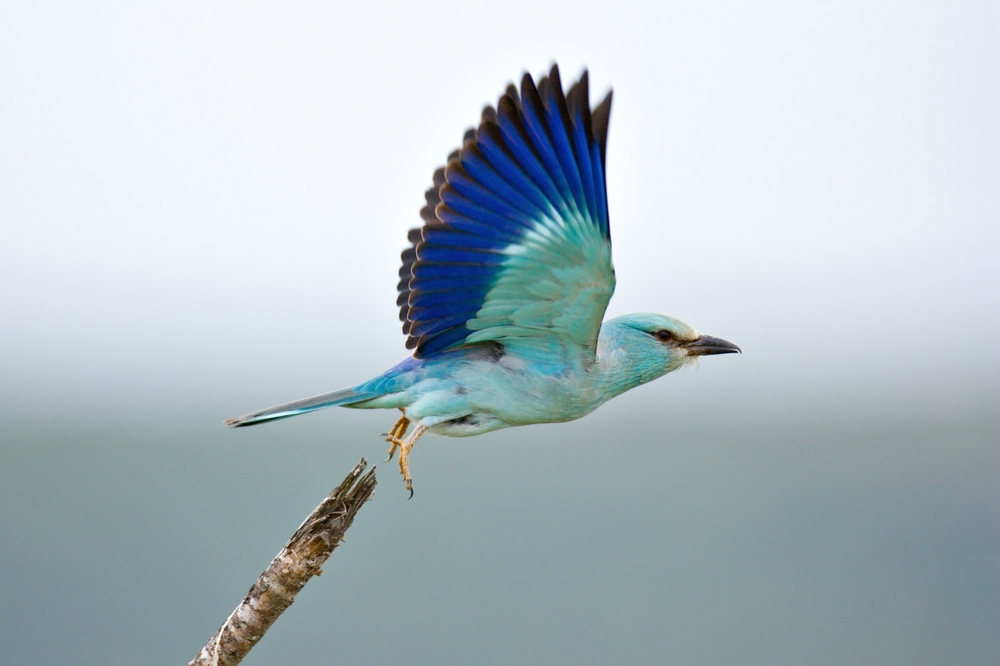Kavir Overview
Kavir National Park, locally known as “پارک ملی کویر” (Park-e Melli-e Kavir), is a vast protected area in Iran, covering approximately 1,931 square miles (5,015 square kilometers). Located in the northern part of the central Iranian plateau, it spans parts of Semnan, Qom, and Isfahan provinces.
Often referred to as the “Little Africa of Iran,” the park is a rich mosaic of desert and semi-desert ecosystems, showcasing the raw beauty of Iran’s arid landscapes. The terrain of Kavir National Park is primarily characterized by salt flats, rolling sand dunes, and arid steppes interspersed with patches of sparse vegetation. The central feature of the park is the Great Salt Desert, or Dasht-e Kavir, which shimmers with white salt crusts that stretch to the horizon.
Around the fringes of this desert lie gravel plains and scattered hills, such as Siahkuh, providing stark contrasts in topography. Seasonal rivers and springs like Sefidab and Gavkhouni contribute to small, isolated wetlands that offer sustenance to the region’s flora and fauna. Tamarisk trees and resilient shrubs like haloxylon dominate the vegetation, which is well-adapted to the extreme climate and saline soils.
Kavir National Park is home to a diverse array of wildlife, much of which has adapted to survive in its harsh desert environment. Among the iconic mammals are the Asiatic cheetah, an endangered species whose dwindling population finds refuge in the park, and the Persian onager, a rare wild ass species.
Other notable mammals include gazelles, striped hyenas, and caracals. Birdwatchers can encounter a variety of avian species, such as golden eagles, Houbara bustards, and sandgrouse, while reptiles like desert monitor lizards and horned vipers are a common sight in the arid landscape.
Visitors to Kavir National Park are often drawn to its serene beauty and unique geological formations. The mesmerizing salt polygons of Dasht-e Kavir and the enigmatic black volcanic hill of Siahkuh are particularly popular. Stargazing is another favorite activity due to the park’s remote location and clear skies, offering a breathtaking view of the Milky Way.
The park also attracts eco-tourists and researchers intrigued by its rare biodiversity and fragile ecosystems. Exploring Kavir National Park is typically done through guided tours, as its challenging terrain and protected status require expertise and permits.
Visitors can enjoy off-road safaris, nature hikes, and wildlife observation expeditions. Cultural heritage sites, such as ancient caravanserais like the 400-year-old Qasr-e Bahram, add a historical dimension to the experience.
The park faces significant conservation challenges, including habitat degradation from overgrazing, illegal hunting, and climate change. However, ongoing efforts by Iranian authorities and conservation organizations have resulted in successes, such as the reintroduction of Persian onagers and intensified protection for the critically endangered Asiatic cheetah. These initiatives underline the importance of Kavir National Park as a sanctuary for rare species and an irreplaceable natural heritage.








































































